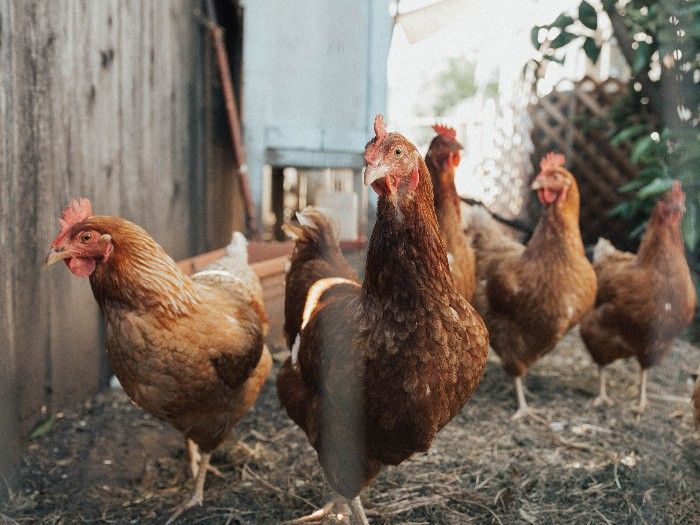Another outbreak: H5N1 bird flu kills thousands of chickens in central China

MANILA, Philippines — Amid worsening numbers related to the outbreak of the novel coronavirus that affected humans originating in China's Hubei province, another virus has spread among chickens in another province.
The Chinese Ministry of Agriculture and Rural Affairs confirmed an H5N1 bird flu outbreak on Sunday, reporting that the "highly pathogenic" strain has recently killed 4,500 chickens in Shaoyang City of central Hunan province.
Local authorities have sealed off and sterilized affected areas, disposing of more than 17,000 chickens, according to the ministry.
H5N1 is an Avian influenza first detected in 1996 in geese in China. By the following year, the virus was detected in humans during a poultry outbreak in Hong Kong.
The virus reemerged in birds and other animals in 2003. It then affected people in "rare, sporadic" instances in 50 countries in Asia, Africa, Europe and the Middle East, according to the United States' Centers for Disease Control and Prevention.
"Human infections with Asian H5N1 viruses have been associated with severe disease and death. Most human infections with avian influenza viruses, including HPAI Asian H5N1 viruses, have occurred after prolonged and close contact with infected birds," the CDC notes.
A human-to-human transmission, however, is rare and no sustained, community spread has been recorded.
China's animal trade to cause more viral outbreaks
China's illegal animal trade is expected to spawn more viral outbreaks, which can eventually be transmitted to humans. Today, more than 60% of new emerging human infectious diseases reach us via animals, scientists say.
The animal-borne SARS virus 17 years ago, for one, was traced to bats and civets sold illegally at a market in Wuhan city that offered enough animals to fill a zoo. SARS eventually killed dozens and infected almost 2,000 people in China.
"For the sake of these wild species' future, and for human health, we need to reduce consumption of these wild animals," said Diana Bell, wildlife disease and conservation biologist at University of East Anglia who has studied SARS, Ebola and other pathogens.
"But, 17 years on (from SARS), apparently that hasn't happened."
Wild-meat consumption itself is not necessarily dangerous — most viruses die once their host is killed. But pathogens can jump to humans during the capture, transportation, or slaughter of animals, especially if sanitation is poor or protective equipment not used.
Environmental groups say Chinese demand, fuelled by rising consumer buying power, is the biggest driver of the global bushmeat trade today.
Some rare species have been prized in China as delicacies or for unproven health benefits since ancient times. — Philstar.com with reports from Agence France Presse
- Latest
- Trending


























